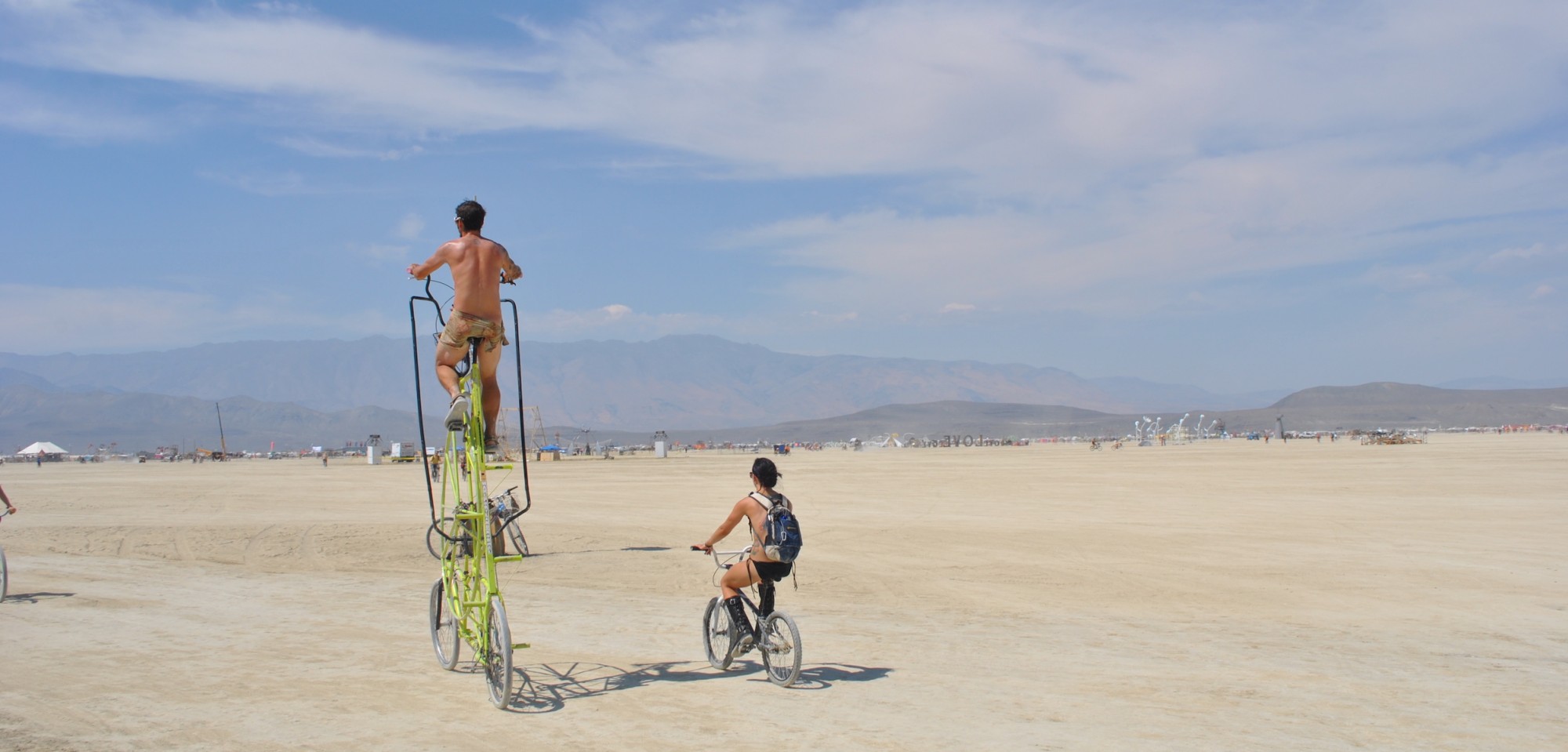I’ve felt for a while the main story with US elections is voter turnout, and that reflects the trend that apathy is the biggest factor in who wins and loses elections. I think the most effective thing to do now is to get people to sign up and commit to voting.
I’ve written about that a few times here:Why vote?
It’s midterm election day tomorrow in the US, and recently I have been trying to convince people to vote.medium.comThe Importance of Voting and Digital Citizenship
Here’s a letter we shared out to teachers who use CodeHSreadwritecode.blog
I wrote earlier:
The largest voting bloc is the people who don’t vote
Voter turnout in the 2016 election was 55% (source, source) — and is way below other OECD countries. That means almost half of the country isn’t voting — in major elections. Voter turnout in midterm elections is 36% (source, source), which means almost two third of the country is not voting! Take the presidential elections. The non-voting group is 45%, while in 2016 26% of the potential voters voted Democratic and 25% voted Republican (source). This means the size of the non-voting group is almost 2 times the size of the voters in any major party!
This is not a nitpick or small difference. What this means is even the smallest minority of non-voters has the power to sway the election. If the non-voters voted, they would entirely decide the outcome of an election. The idea that your vote doesn’t matter is a self-fulfilling prophecy — if you don’t vote it certainly won’t count.
Especially considering the margins are so small, with about a 50/50 split, we don’t actually know how the nonvoters would vote but if they voted it would be much more representative.
Young people don’t vote
Voter turnout among young people is low — less than 20% of 18–24 year olds voted in 2014. You can see the Census data here. If people start voting when they are younger, they are more likely to vote later on.
Let’s Look at the Data

You can see that voter turnout over time has gone up, but that currently only about 40–45% of people are voting in presidential elections.
You can also see below that the US is pretty low compared to many other countries on voter turnout. Specifically compared to OECD nations the US was 26th out of 32. I really do have a hard time understanding how certain Republicans can position that as a good thing (Republicans are the ones who have supported many voter suppression-type legislation recently).

The US Election Project has some pretty interesting charts showing demographic data around voter turnout.

There is a pretty clear trend which seems to have held true for a long time which is that older demographic groups vote in higher percentages ranging from around 70% in 60+ to around 40% in the 18–29 range. That’s almost a 2x difference which is huge. Additionally, what’s interesting is the younger demographic groups (which I am a part of), have to live with the long term consequences of the decisions mostly decided by the older demographic groups.

There is another similar trend when you look at voter turnout by education. There is a strict increase in voter turnout as education levels increase in aggregate, where post-graduate holders vote at around 80% and less than high school votes at around 35%.
Population Data
The US population is 325 million.
The voting age population (VAP) is the number of people over 18 in the US. In 2016, that was 250 million. That’s 77% of the total population.
The voting eligible population, is 230 million. That’s 71% of the total population and 92% of the voting age population.
The number of ballots in 2016 was 139 million. That’s 42% of the total population, 56% of the VAP, and 60% of the VEP.
So that leaves 91 million people who didn’t vote. Now, while I don’t know who they would vote for, that is a huge sample of the country. Michigan, for example differed by 13,000 votes.
[source — 2016 data, source — 2018 data]
Who do younger people and less educated people vote for?

Younger people, who tend not to vote, vote overwhelmingly Democratic.

On education, the more education the more democratic. But for lower education levels it is pretty close.
What would happen if everyone voted?
I think this is a really interesting thought question. If everyone voted, then it seems the government would actually be representative of the people in the country. And we are quite far away from that point. But I think if everyone voted we would see a quite different government and quite different set of priorities. I think at the moment if everyone voted it would not be a Republican government. That is also demonstrated by the results of the national popular vote, which is clearly Democratic (66m to 63m).
Get Out the Vote Starts Now
For me the clear conclusion is that the most effective thing you can do to help with elections is get more people to vote, particularly young people, people who don’t vote or are apathetic. I think instead of just trying to sign those people up a month before the deadline if you take two years to do it maybe you can sign up a lot more people. With some of the new websites like vote.org or others that encourage voter turnout, I really don’t see a reason why you couldn’t really change that trend. I think it would be quite powerful to see if actual work could reverse a 34+ (and likely longer) year age and voter turnout trend.
